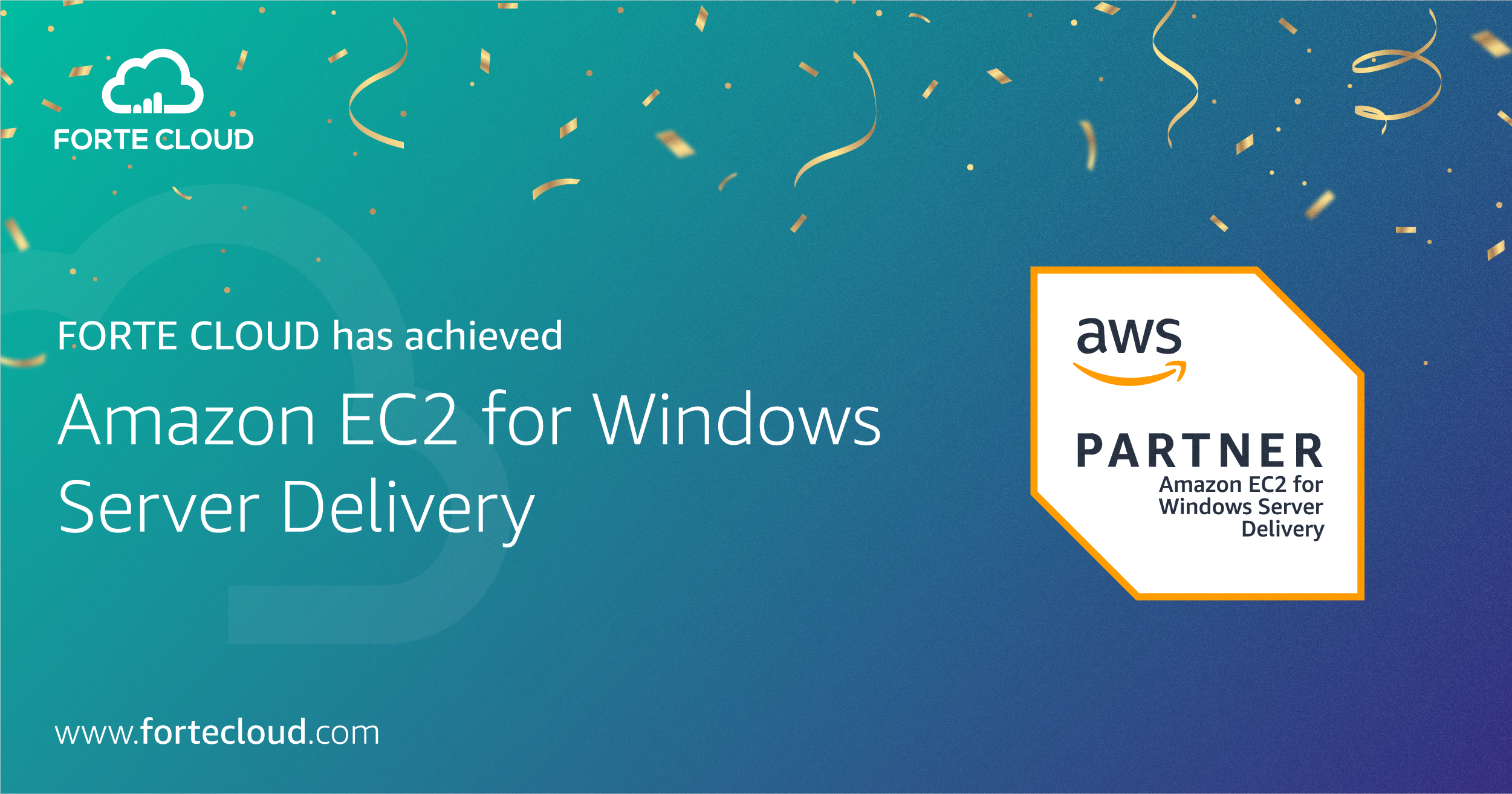For many businesses, deploying their Microsoft SQL servers within the cloud is a better and more cost-effective option than keeping them on-premises. As they no longer have to worry about the upkeep and the changing technology while on the cloud, and instead can focus on their core business needs.
In this article, we share with you our top 3 tips for running Microsoft SQL Server on AWS to get the most value for your buck. First, let’s answer why should you run Microsoft SQL Server on AWS?
Why AWS for SQL Server Workloads?
Moving your SQL server workloads to the cloud will help you decrease costs and increase efficiency, however, why choose AWS specifically and not say, Azure?
Well, it’s simple really, AWS consistently outperforms Azure when it comes to prices and performance. In fact, according to ZK Research, AWS performed more transactions per minute, with a price-to-performance ratio that is two times better than Azure across a variety of machine types.
Combine that with other AWS benefits such as scalability and flexibility and it’s not hard to guess why AWS is the better option here.
The Two Options for Running Microsoft SQL Server on AWS
AWS gives you two options for running a Microsoft SQL server:
- Amazon Relational Database Service (Amazon RDS)
- Amazon Elastic Compute Cloud (Amazon EC2)
Amazon RDS is a fully managed cloud-based web service that makes it easy to set up, run, and scale a relational database by taking care of all the maintenance, backups, and patching for you. While Amazon EC2 is a scalable self-managed option that lets you install MS SQL Server however you want to be based on your business requirements.
In general, if you want more control and customization options, then go for Amazon EC2, but if you want a service that does most of the heavy lifting, then use Amazon RDS for your workloads.
Best Practices for Migrating Microsoft SQL Server on AWS
Take stock of all your SQL Server dependencies
One of the first steps to a successful migration is to inventory all your SQL Server dependencies. Take stock of exactly which web servers are interfacing with your SQL Server and find out who is interacting with them. Make sure there’s not any service running somewhere that you’re not aware of, so when the time for migration comes, you’re aware of what’s being impacted and how you can minimize it.
Identify SQL versions and know your licensing options
Take a look at the licensing agreement that you have with Microsoft, see if you can bring it with you. The options may vary but it’s essential to understand them as they can save you a lot of money. And while you’re at it, also understand which versions or edition features you currently use as it may help you further reduce licensing costs. Plus, you’ll be able to decide which route to go (RDS or EC2) when you understand the high viability and disaster recovery requirements, and authentication requirements.
Recognize your internal teams’ capabilities
Time is of the essence when it comes to migrating SQL server workloads. This is why that you need to make sure that your internal team is not only capable but has the time to execute the migration. In most cases, you might find that you have a talented, tenured, and experienced team but they don’t have the time to do it successfully. In that case, you can always work with an AWS consulting partner for the migration, like FORTE CLOUD.
Conclusion
These are just some tips for when you decide to deploy your SQL Server workloads on AWS. By no means does it reflect how huge of a step this is for your business. Whether you decide to migrate internally or with a partner, remember that the key to a successful journey is a well-thought-out plan.
Looking for a partner to work with for your adoption journey? Not only are we an advanced APN Consulting AWS partner but our team of experts has a track record of migrating multiple enterprise accounts to AWS successfully and efficiently. Contact our team today and we will guide you through every step of the way.




